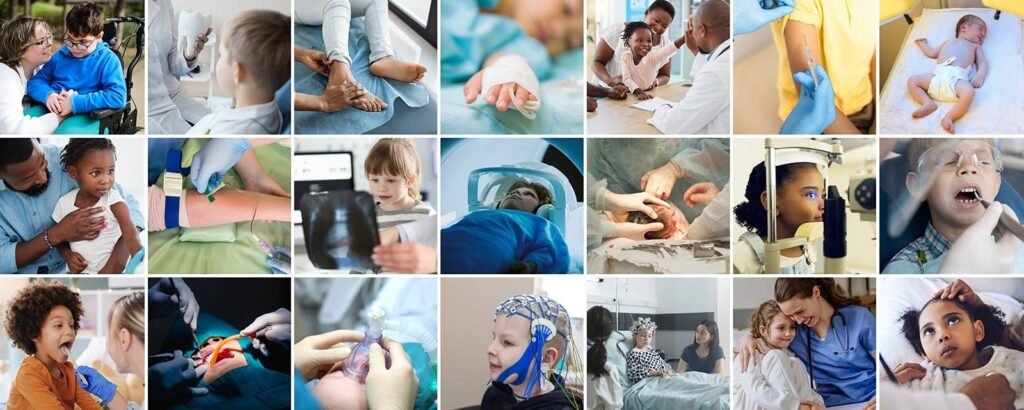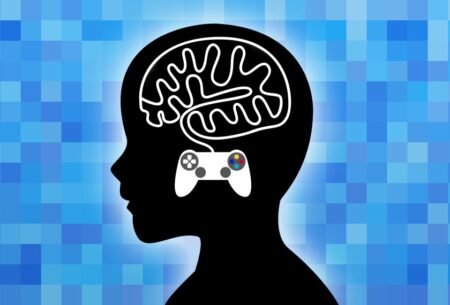
On 6 November 2025, WHO published a technical report titled “The future of paediatric clinical trials – setting research priorities for child health”, with following purpose & Rationale:-
- Purpose: To guide coordinated action and investment in evidence-generation for children aged 0-9 years, particularly in clinical trials.
- Rationale: Although major advances have been made in child health over decades, progress remains uneven, especially in low- and middle-income countries. Children remain under-represented in clinical trials, leaving important evidence gaps.
The Process involved over 380 stakeholders (global experts, national programme leaders, researchers, community representatives) contributed. They submitted 653 research questions, which were refined and prioritized into 172 clinical trial research priorities across key domains of infectious diseases, non-communicable diseases (NCDs), newborn health, early childhood development, and nutrition. Key features of the agenda include:-
- Emphasis on feasibility, scalability, and equitable impact.
- A roadmap to align research efforts with public health needs and to involve governments, partners and research institutions on investment and coordination.
Comparative Analysis: How It Differs from Previous Plans & What’s New
What’s new or emphasised
- Explicit focus on children aged 0-9: The agenda focuses on the youngest children, including newborns and early childhood, a group often less represented in clinical research. (Most earlier agendas treated “children & adolescents” more broadly).
- Large-scale, systematic global priority-setting exercise: The use of 653 questions refined to 172 priorities via a broad stakeholder consultation is more focused and structured than many previous efforts.
- Emphasis on under-represented populations and equity: The report references WHO’s 2024 Guidance for best practices for clinical trials, which called out the need to include under-represented groups (including children) in trials. This new agenda significantly emphasises equity in research, particularly for children in low- and middle-income countries.
- Practical considerations: feasibility & scalability: While earlier research agendas often list priorities, this one highlights that priorities must be feasible, scalable and capable of producing equitable health gains. That emphasis suggests a shift towards actionable, implementable research rather than purely academic priorities.
- Broader domains covered: The agenda spans infectious diseases, NCDs, newborn health, early childhood development and nutrition. This reflects a more integrated child-health focus rather than only disease-specific or treatment-specific research (as older agendas might have).
- Strong linkage to policy and programme decision-making: The agenda is framed partly as a tool for “alignment of research efforts with public health needs” and for “investment and coordination” by governments and partners. That signals greater orientation toward health-system relevance.
How it contrasts with previous plans
- Previous WHO or global child-health research agendas often emphasised either disease-specific interventions (e.g., vaccines, childhood infections) or broad child survival metrics (under-5 mortality). This new agenda goes beyond survival to include early childhood development, nutrition, NCDs and newborn health, reflecting an expanded scope.
- Earlier efforts may not have been as explicitly structured around “clinical trials” for children (many research agendas talk about “research” more broadly). The new report emphasises paediatric clinical trials specifically — the under-representation of children in trials is highlighted as a major gap.
- Prior strategies may not have placed as strong an emphasis on the representativeness of children in trials (geography, socio-economic status, low-resource settings) and on equity of evidence generation. This agenda foregrounds those themes.
- The structured and transparent method of gathering hundreds of questions and prioritising them is somewhat more formalised here than in many earlier strategy documents, signalling a stronger methodological rigour.
- While previous plans might have been more descriptive (what needs to be done) this one presents a clearer roadmap for how research investment should be directed (practical, scalable, aligned with programme/policy needs).
Implications for Policy and Research
- From a global-politics / international-relations viewpoint, this agenda reinforces the role of global health governance: WHO framing health-research priorities globally influences funding flows, national research programmes and international cooperation.
- The heavy emphasis on equity and representation means that low- and middle-income countries will need stronger capabilities for paediatric trials — this links to development assistance, capacity-building, and international collaboration agendas.
- How such agenda shapes diplomacy in health (e.g., health-research partnerships between the global North and South), and how evidence generation for children can become part of “global public goods”.
- Funding and investment decisions guided by this agenda may shift boundary lines in global health research: which diseases, which populations get priority, and how national regulatory frameworks adapt.
- Last but not the least: how national political priorities align (or don’t) with global research agendas. If a country’s health policy is not aligned with the priorities identified by WHO, that creates a gap and a diplomatic or policy coordination question.
WHO’s 2025 global research agenda marks a decisive shift in how the world approaches paediatric health. By emphasizing equity, feasibility, and inclusion, it transforms children from passive recipients of care into active beneficiaries of scientific innovation. As nations align policies and research priorities, this initiative stands poised to redefine global health diplomacy—placing the well-being of the youngest at the heart of international cooperation.
Source:
https://www.who.int/






